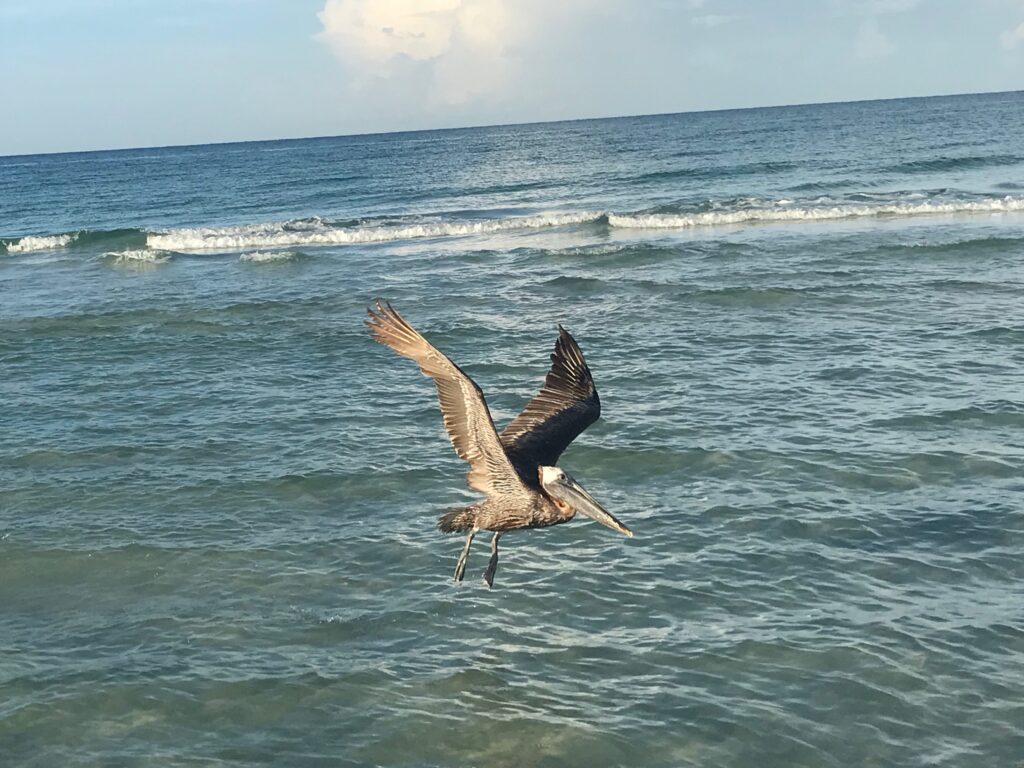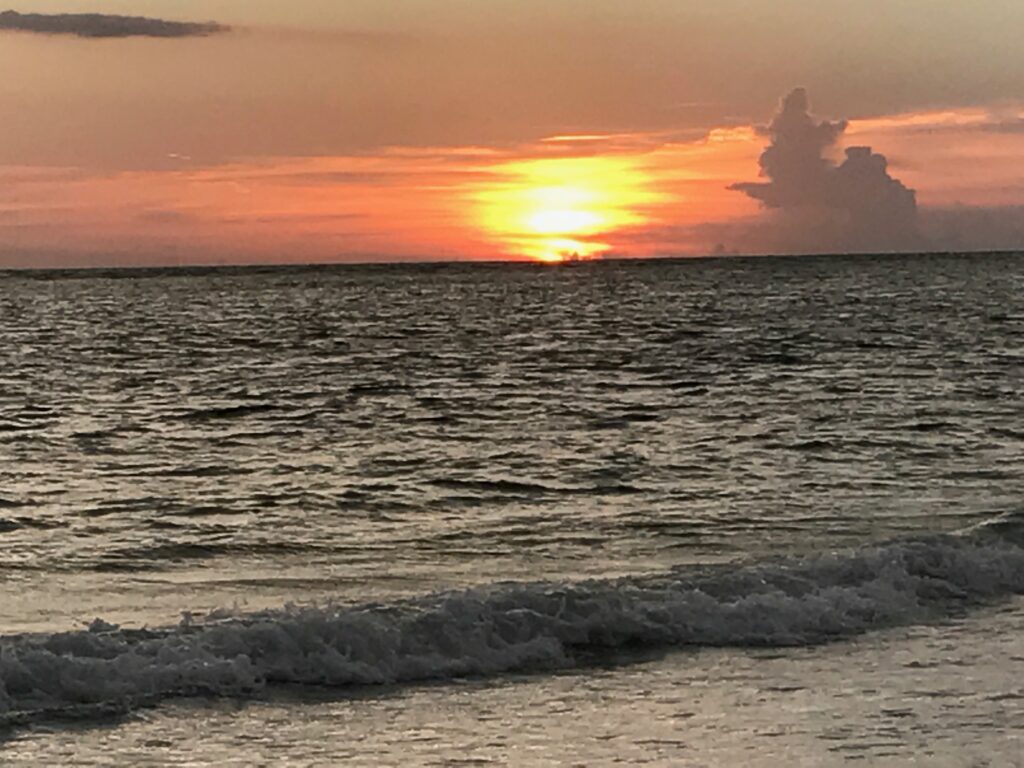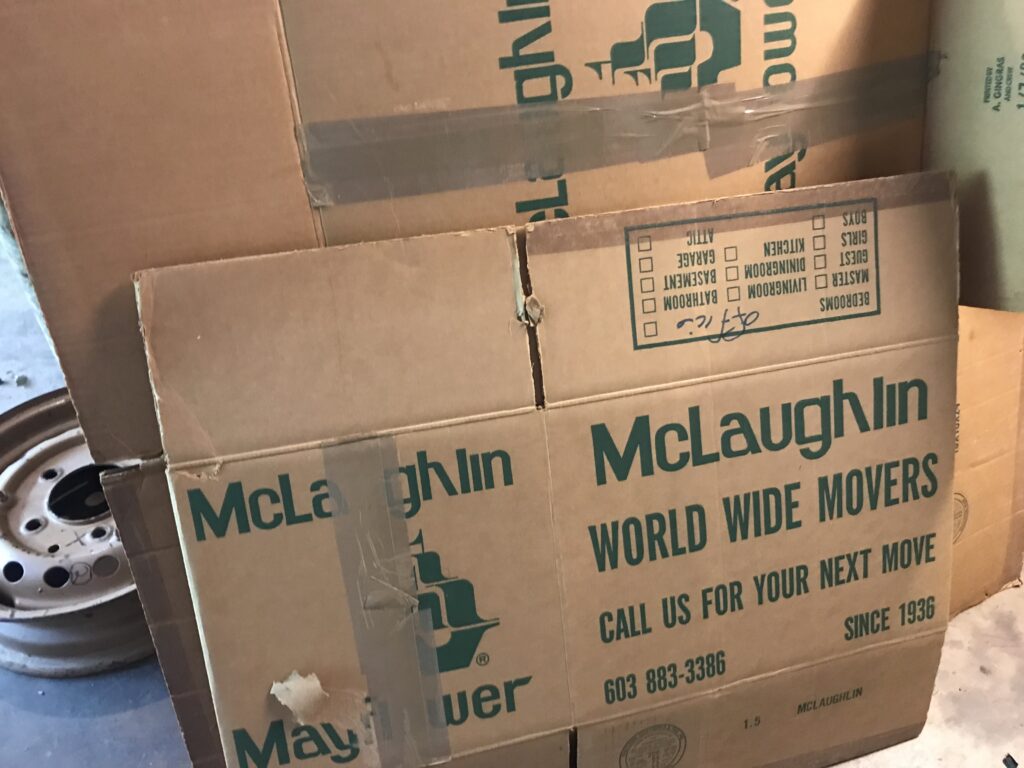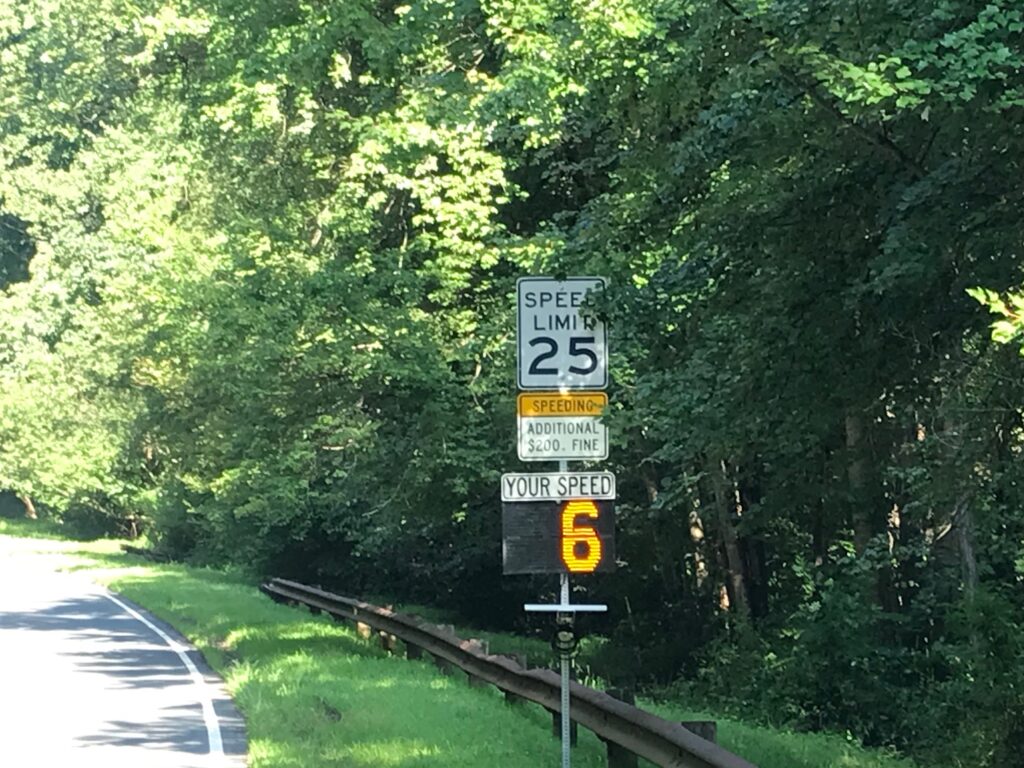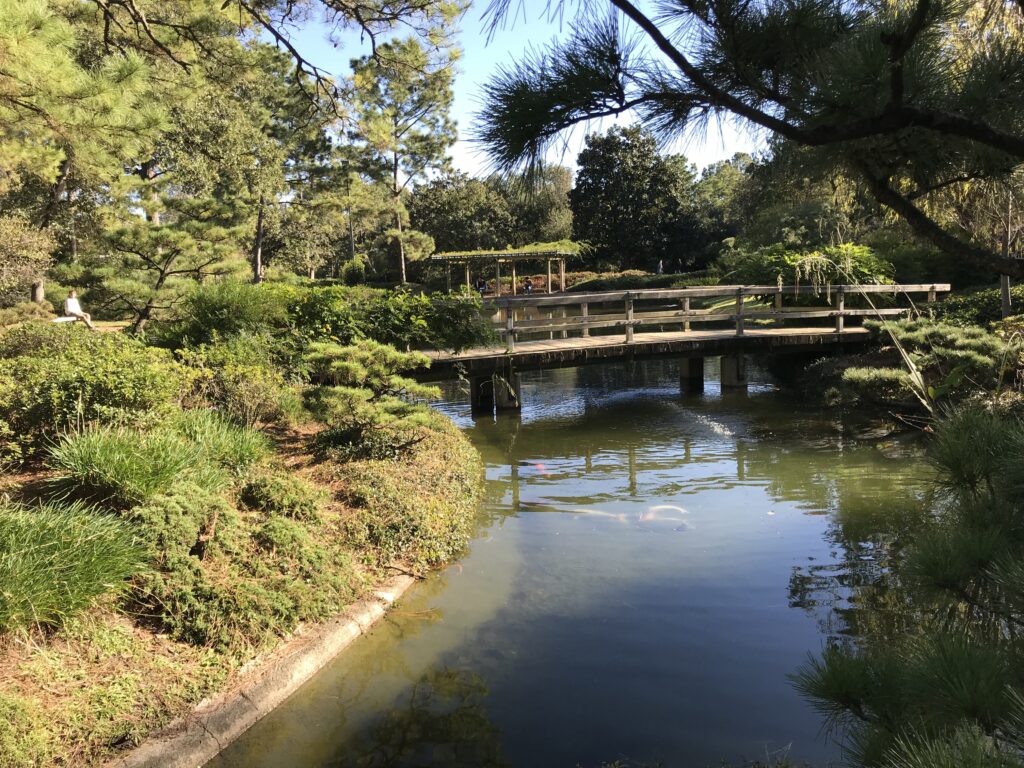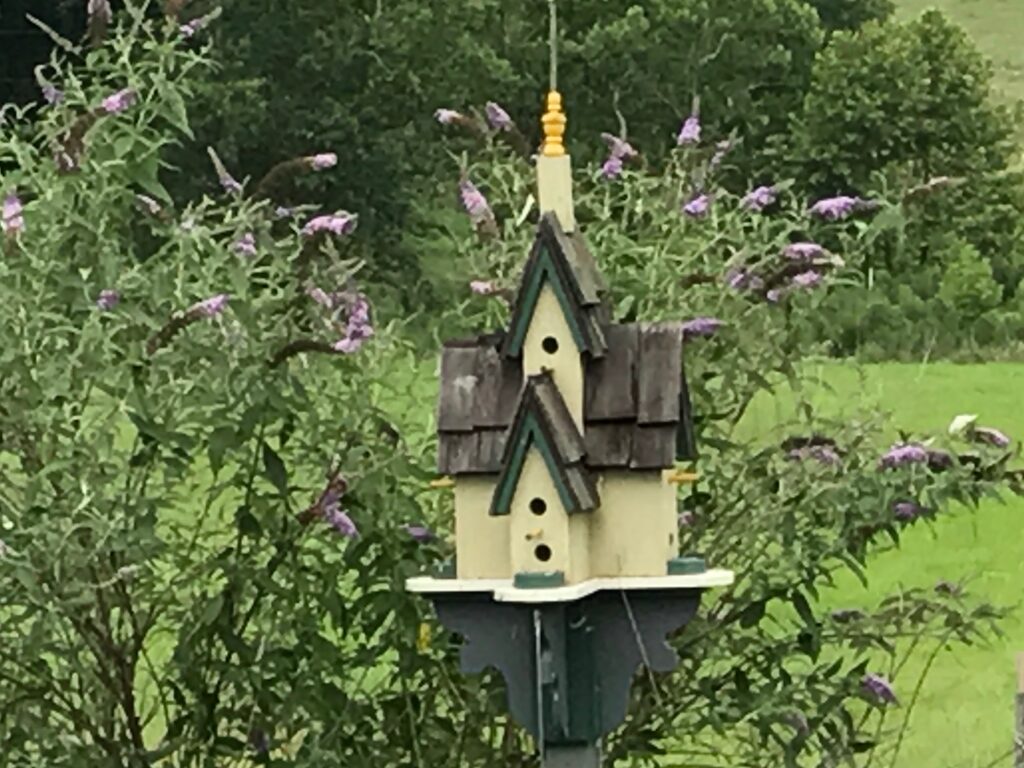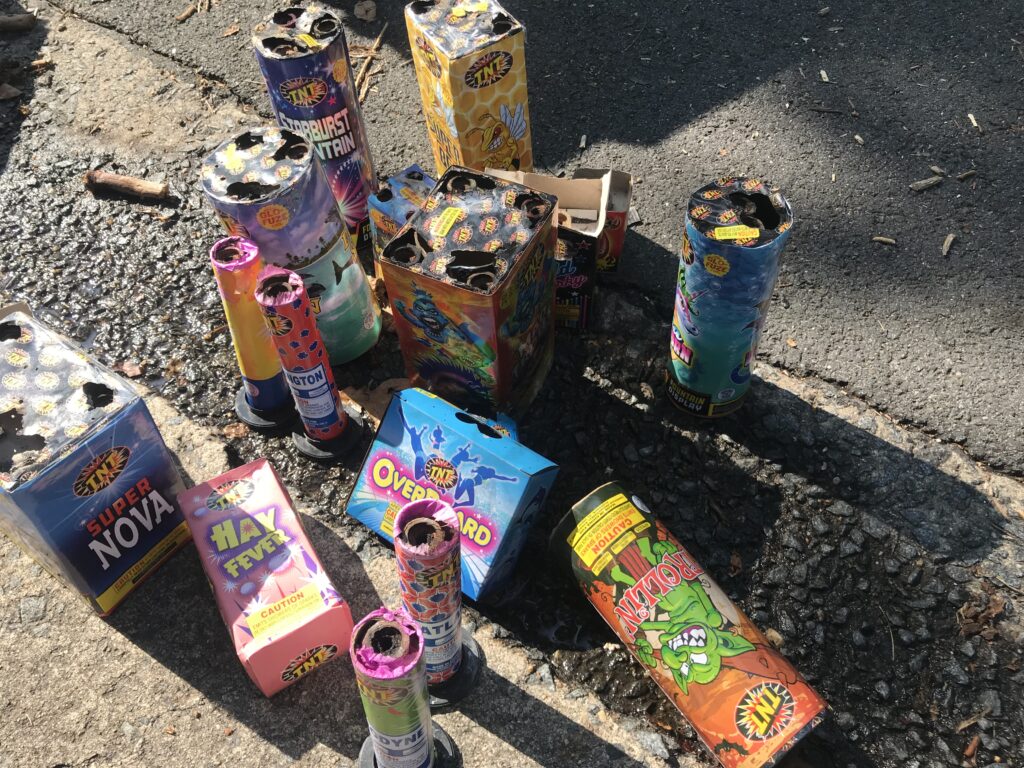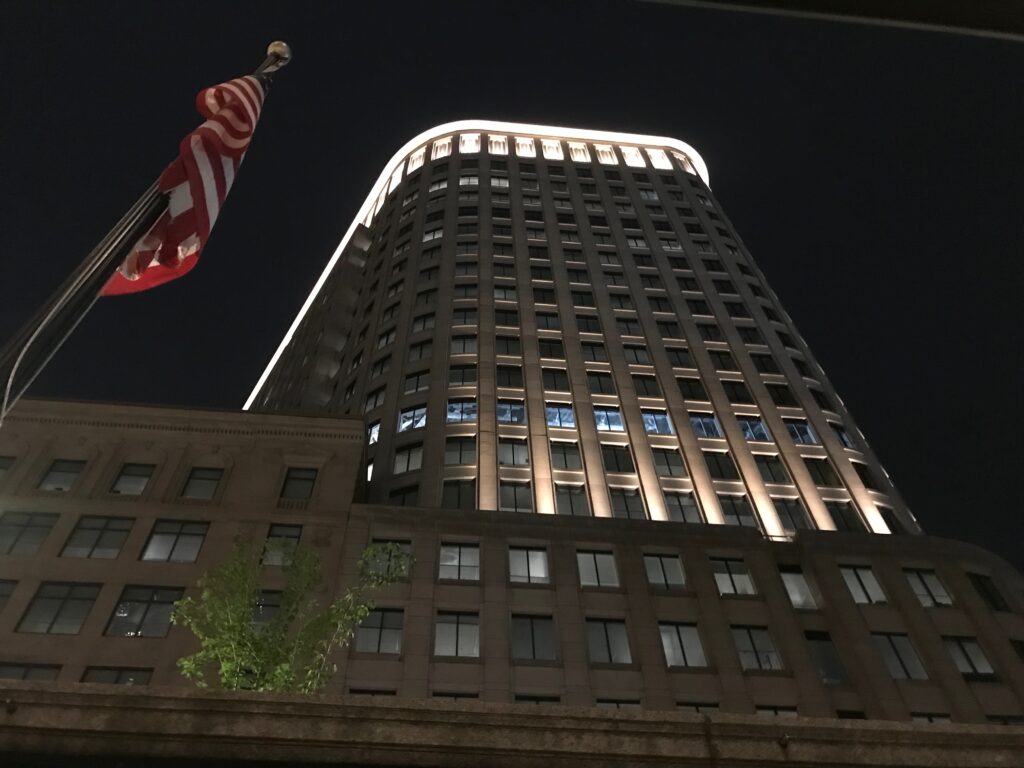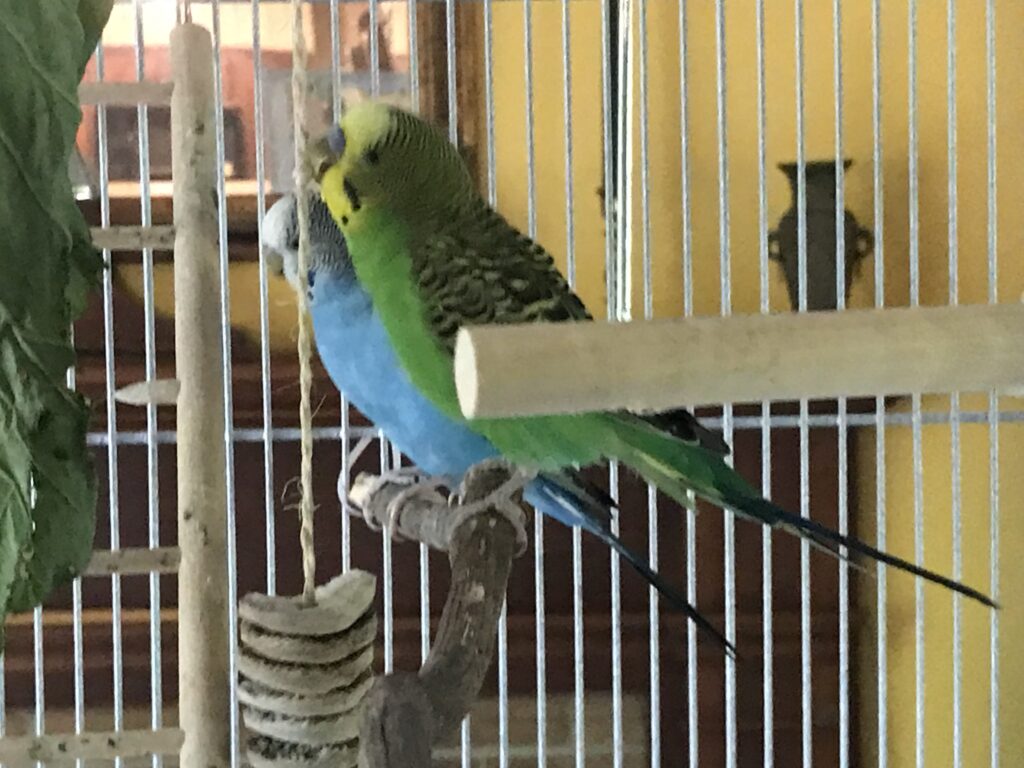Beach Day
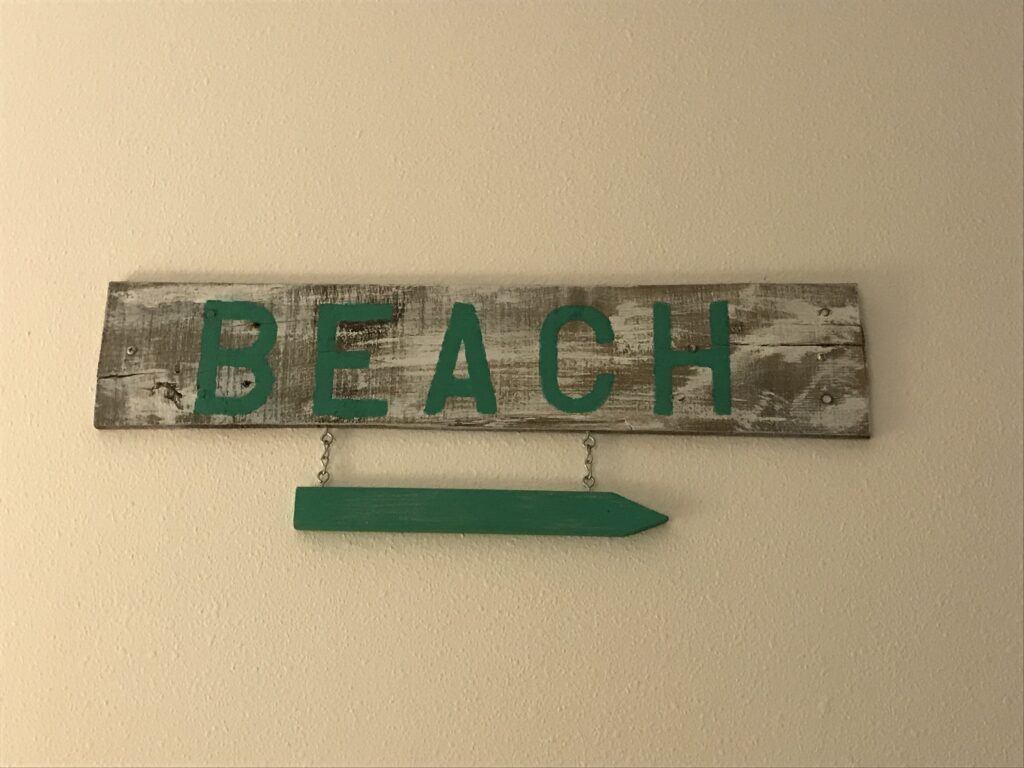
On Monday I woke before 6. It was still dark but promised light soon. I slathered myself with sunscreen and left for an early amble. My calculations were a little off — it doesn’t get light here as early as it does back home. I stayed on the road until the sky brightened enough to hit the beach.
Then I heard the thunder, low rumbles at first but ever more insistent. Lightning, too. Not a good time to stroll the beach. I hurried back to my room, reaching it just before the first drops fell. It was the beginning of a mostly rainy day, a rarity here but not unwelcome. Time to stay inside, to read and write and savor the quiet.
On Tuesday the air was washed clean, and a breeze blew in from the bay. Blue sky, puffy white clouds. Volleyball games and gull cries and little kids digging in the sand. The rainy day was over. A beach day had begun.
